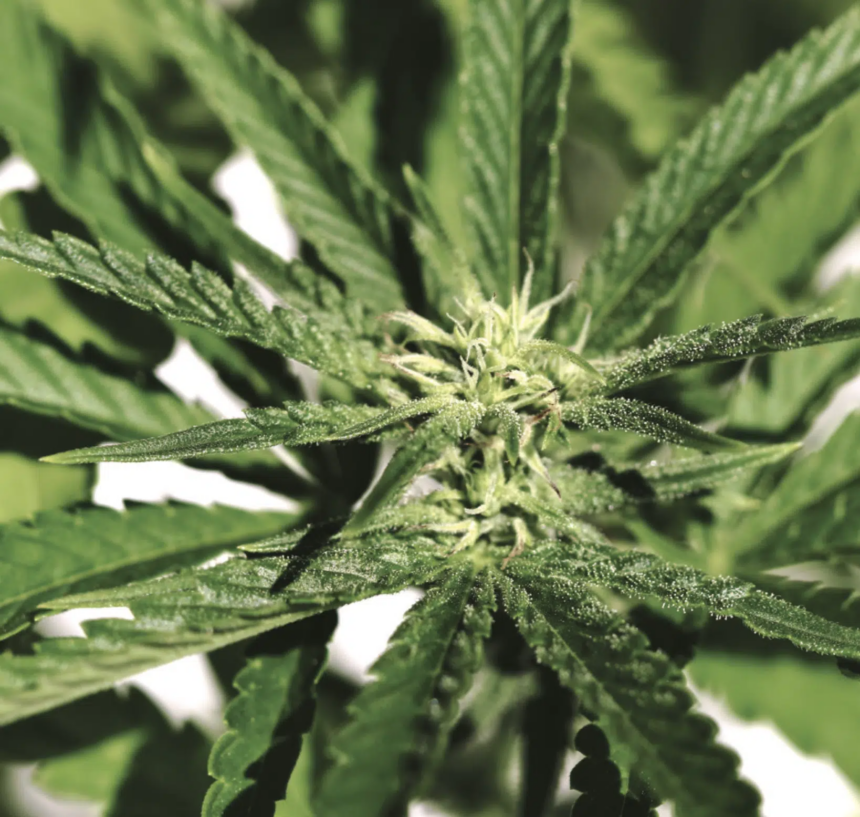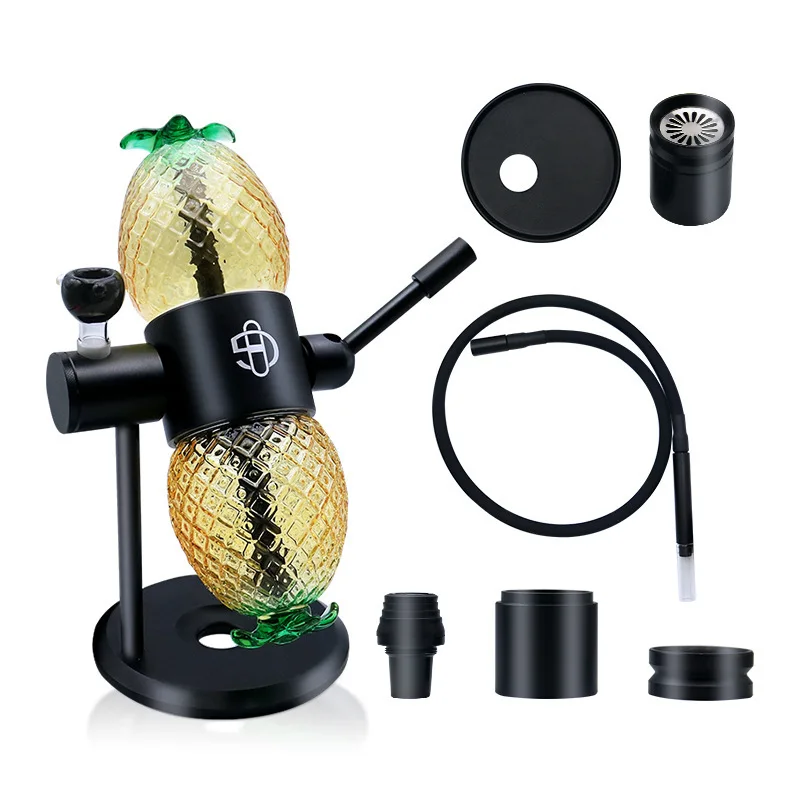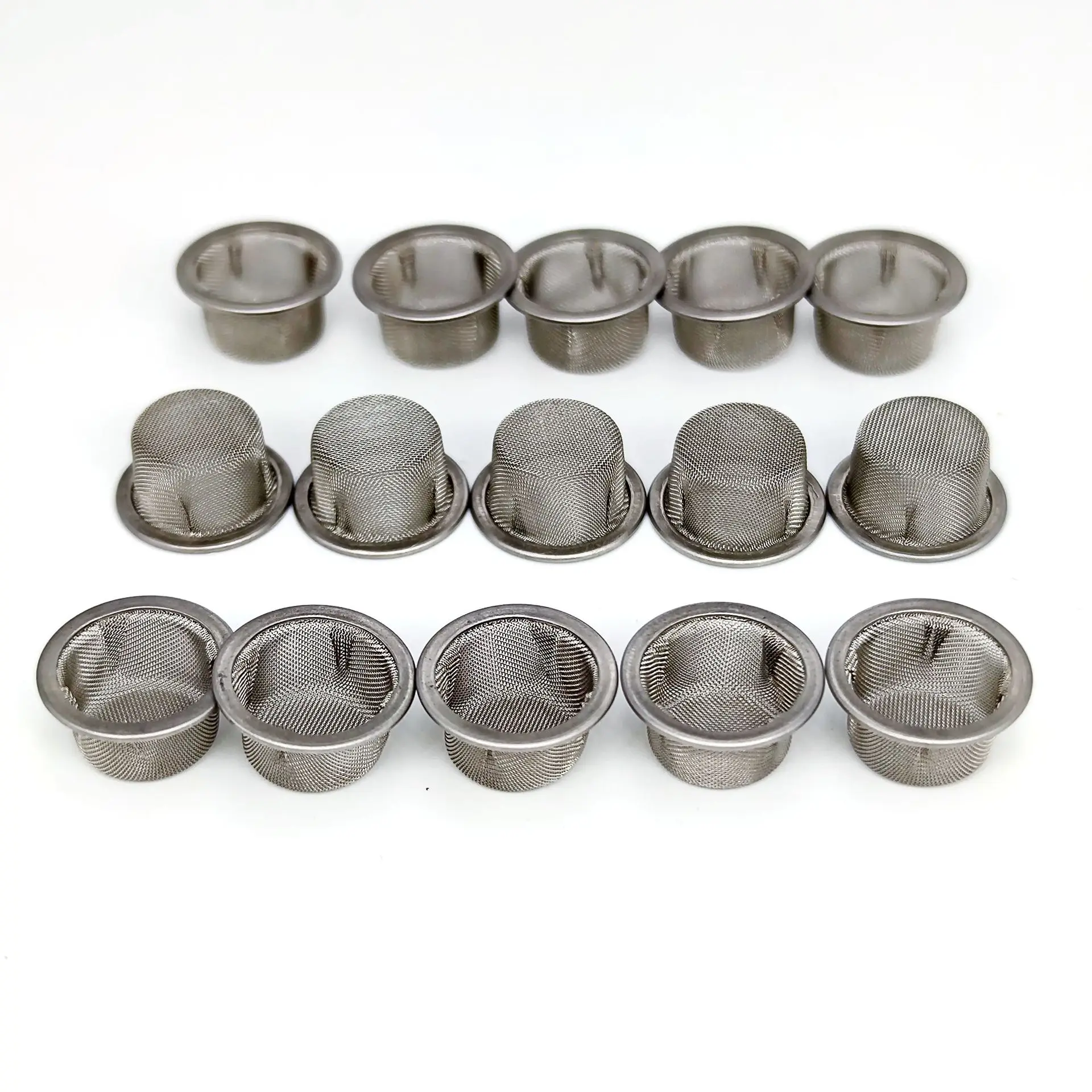A High Times veteran’s no-till living soil urban farming journey begins on a rooftop in New York City.
This article originally appeared in High Times Magazine’s 50th Anniversary Print Issue. Order yours here and get it delivered to your door.
Golden Jubilee
What an honor to contribute to the 50th anniversary issue of the oldest brand in cannabis! I worked almost twenty years as the senior cultivation editor of High Times and I suspect that I got my job in the spring of 2002 in no small part due to the high-quality cannabis I’d bring to the office and share at HT Bonghitter softball games.
I’d been growing for nearly a decade at that point and tried every which complicated way to make it happen – building custom hydroponics systems, growing in expanded clay pellets or rockwool, and even experimenting with aeroponics in which roots just dangle in a mist of nutrient solution – until one of my mentorsm Kyle Kushman, convinced me to convert to growing organically in soil.
After a while, between traveling to Cannabis Cups or working on assignments, visiting gardens large and small around the world, I wasn’t able to grow my own anymore. You simply can’t leave your plants behind for days at a time every month and expect to succeed as a farmer. Without enough time and energy to devote to a thriving garden, I put my personal growth aside and focused on sharing the information I learned from experts about cultivation and cultivars with the readers.
Along the way, I wrote many growing and strain-related articles, authored a couple of popular weed books, created the HT Seed Bank Hall of Fame and started a podcast called Free Weed. Then along came the pandemic and High Times and I parted ways. With the halting of travel, along with home growing becoming legal in NY, my ability and yearning to grow my own was rekindled and I seized the opportunity to put all that I’d learned into practice.
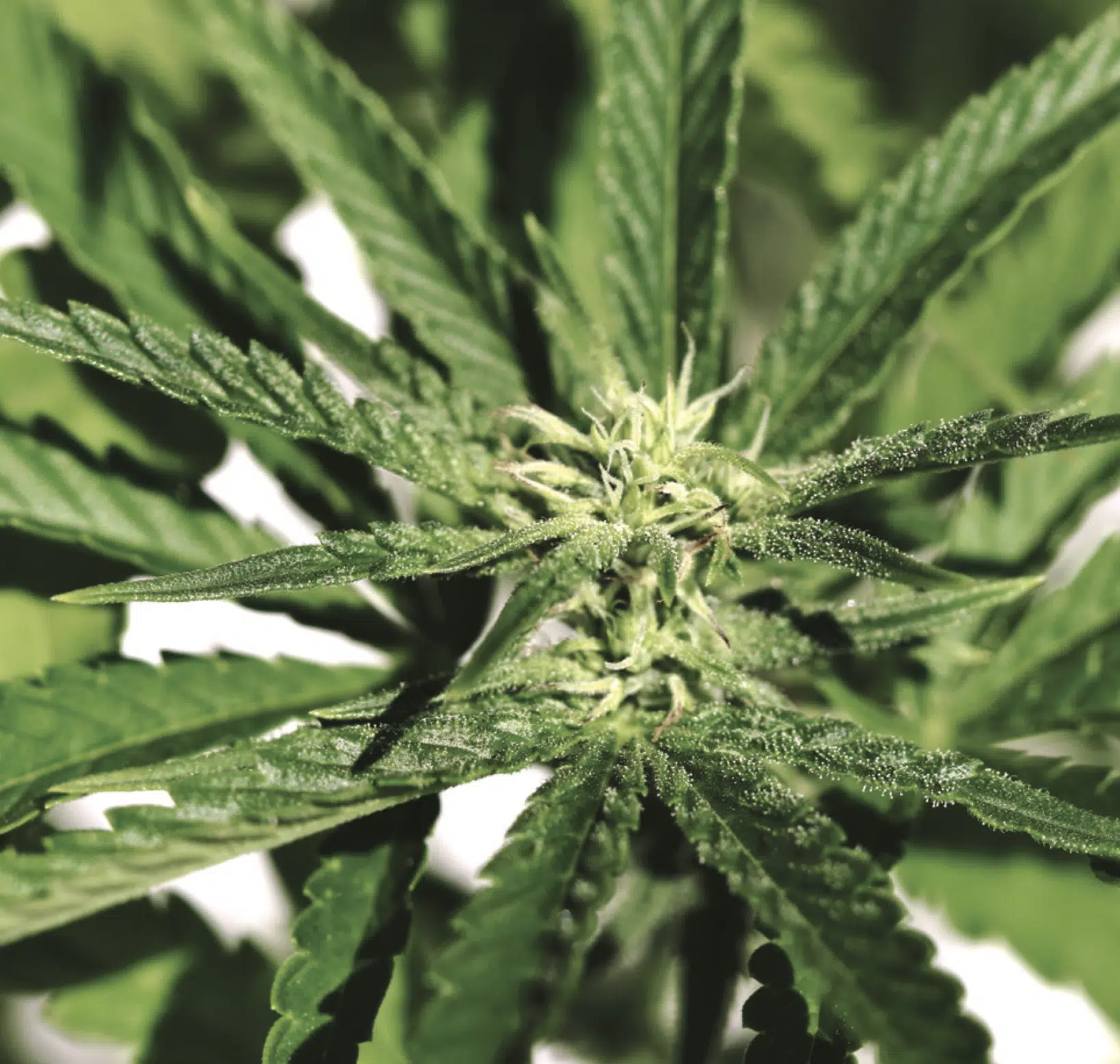
That spring, I tried my luck and germinated six plants on my roof deck in Brooklyn. Results were mixed. Even large containers in full sunshine all day long can get very hot and rooftop gardens are also exposed to strong winds that can snap stems and dry out leaves fast. Combine that with the Northeast’s typically wet Fall and the challenges piled up. The first two years I battled underwatering, powdery mildew, and bud rot but after a positive result and a decent yield in 2024, I decided to upgrade to a living soil bed to take full advantage of the benefits of natural farming.
Pros and Cons
I enlisted the help and expertise of my friend Andrew Zurica from @alwaysbloomingnyc, who owned the local grow store here in Brooklyn until Amazon put him out of business like so many other mom ‘n’ pops. Before that, he made a name for himself cooking the original smashburgers on his famous food truck called Hard Times Sundaes. He brings a chef’s passion and meticulous intensity to growing in living soil – “It’s just like a great recipe – you gotta have the feel for it and an instinct for the measurements. It’s like you’re building a cake or a lasagna and each layer complements the next.”
“Cannabis grown in living soil thrives because the undisturbed, microbe-rich ecosystem continuously recycles nutrients, producing superior terpene profiles, potency, and overall plant health. For me, this natural balance creates richer flavor, aroma, and quality than sterile or synthetic methods – plus ultimately it’s cheaper with less work and inputs. Once the biology takes hold, the soil feeds the plant on demand, balancing nutrients and buffering pH naturally.”
— Andrew Zurica
In the bed, I’m growing two KKSC (Kyle Kushman Strawberry Cough) plants from clones. The real Cough is my favorite flower to smoke, so it made sense to invest my time and energy into something I would truly appreciate. If I can produce enough to get me through until next year’s harvest, I’ll have a great winter and spring to celebrate the harvest. The only real drawback to the bed on my roof is that it’s too heavy and bulky to move indoors in an emergency.
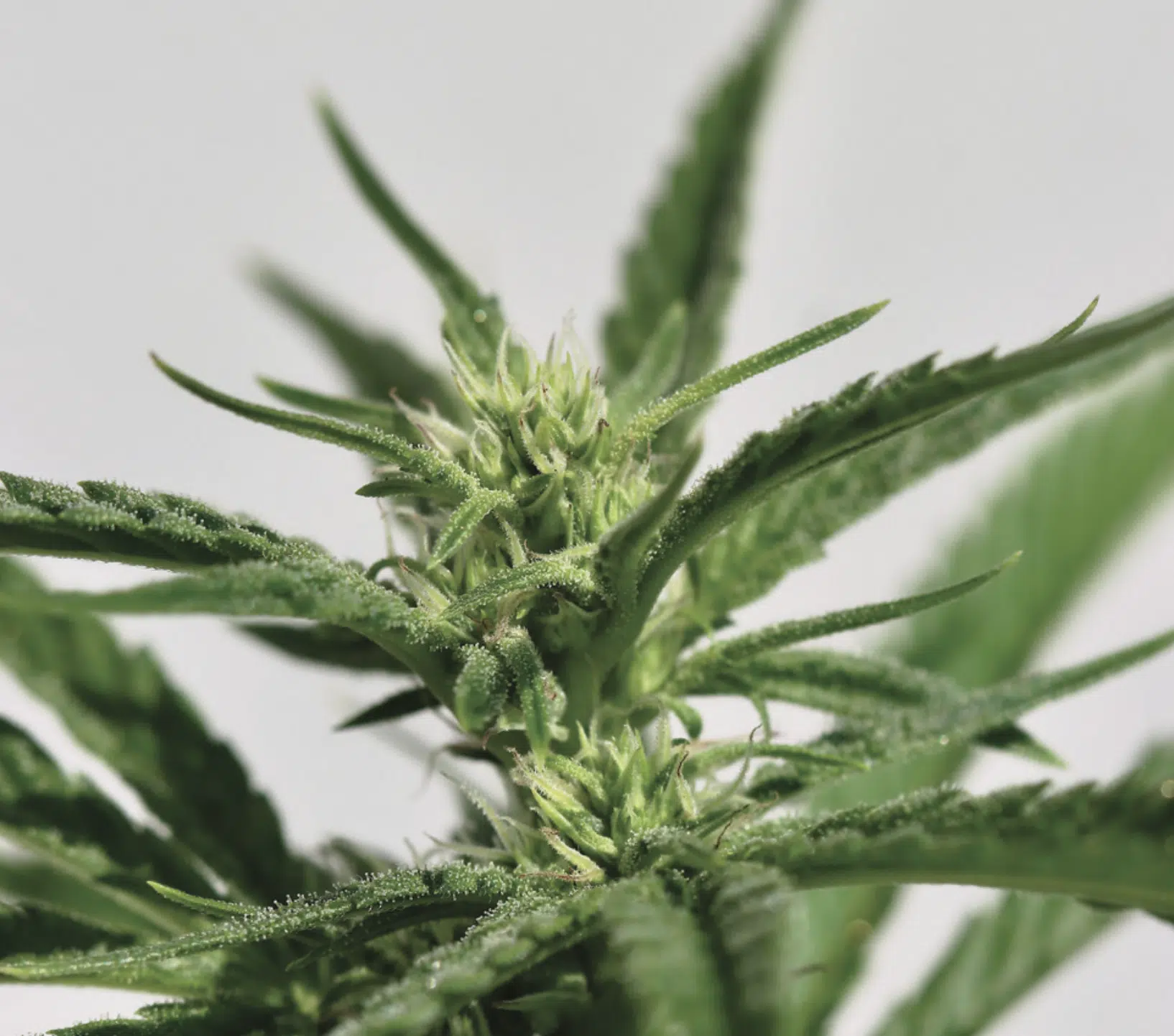
The other four plants are in containers to hedge my bets. The containers aren’t large enough to sustain living soil, but on the plus side, I can move them inside temporarily if there’s extreme heat during summer or bad weather in the fall. We’ve had hailstorms, hurricanes and tropical storms over the years, leaving the plants in the beds at the mercy of Mother Nature. Luckily, they grow big and healthy and the steady wind on the roof tends to keep them strong and sturdy. I may even need to stake or trellis them if they get too heavy as harvest approaches.
The Set Up
The first step was unfolding and raising the bed off the dark surface of the roof onto wooden two-by-fours. This promotes runoff, keeps heat from radiating up into the soil, and allows air to circulate underneath. With the empty bed raised, Andrew and I start layering the mix. In the bottom three to four inches, we utilize pumice stone and some dead tree branches for the drainage layer to prevent water from pooling at the bottom. You can use lava rock, expanded clay pellets or chunks of biochar for this layer as well. An aeration layer comes next, with a few inches of rice hulls to ensure oxygen can get to the roots. On top of that, we build and mix our living soil core, primarily made up of a blend Andrew calls “30/30/30”.
This core blend is made up of 30% peat-based potting soil mix (We used BuildASoil Version 3.0), 30% aeration (rice hulls, biochar, pumice or composted bark), and 30% bacteria-based materials like compost and worm castings amended with some kelp meal and mycorrhizae. The last 10 percent is made up of minerals such as basalt, Montana Grow Volcanic Tuff, BuildASoil Big 6 Micronutrients, gypsum and oyster shell flour. These rock dusts supply a wide spectrum of trace elements such as iron, magnesium, calcium, manganese, silica and more that support metabolism and microbial activity while also buffering soil pH, making nutrients more available.
We mix all of that together with a shovel, along with a little extra mycorrhizae powder and Andrew adds a few hundred worms from his vermicompost pile. As he explains, “the worms will do the digging for you – creating air pockets and leaving behind their castings to improve soil structure, feed the roots and suppress diseases. The bed is not just dirt – it’s an ecosystem teeming with microbes, worms, and fungal networks. In fact, for about 20 bucks, a USB microscope lets you see fungal hyphae, bacteria, and protozoa in action, giving you a magnified window into your soil’s health.”
The final layer on top consists of three to four inches of cover crops and mulch. Cover crops protect your soil’s surface, boost microbial life, and enhance long-term fertility. The cover crop blend I used consists of 60% different clover types along with flax, lentils, millet, vetch, buckwheat and peas. These young plants fix nutrients, including essential nitrogen, directly into your no-till bed as they grow and die off. We topped that with some straw and shredded leaves to help lock in moisture and protect microbes from the sun. Any lower leaves I trim off during defoliation get the “chop and drop” treatment, adding more green material to the crusty mulch layer.
Let It Grow
The clones and seedlings have taken root and now it’s time to keep them fed and watered. On a hot roof deck that receives full sun all day, this requires almost daily watering, especially as the plants grow larger and larger. I can’t rely on rain to do the work – only a thorough soaking from a big storm can let me off the hook for a day or two. The rest comes from hand-watering with collected rainwater or dechlorinated tap water that I pump up onto the roof through a hose into large containers.
I add plant food, in the form of BuildASoil Craft Blend in the spring and summer and BuildABloom in the fall, into the water to stir up a nutrient solution for instant results or sprinkle it directly onto the soil surface in order to water it in over time. A monthly top-dressing of kelp meal, worm castings or compost refreshes the nutrient bank as well. No bottled nutrient schedules, no daily pH checks – the biology does the balancing.

One issue I wasn’t expecting were Spotted Lantern Flies, an invasive species that arrived in the Northeast a few years ago from Eastern Asia. From personal observation and from anecdotal evidence, these bugs will soon become a larger problem for more ganja growers throughout North America as they have for grape farmers. They suck the juice from plants and multiply rapidly, making them a formidable enemy to our beloved “halfling’s leaf.”
In the meantime, I shake my plant branches and stomp the flies after they fall to the ground. I also try to pinch them against the plant stems when I catch the younger nymphs slipping. Hopefully, a predator of some kind is discovered soon to help curtail this slow-moving plague. I’d be interested to see if praying mantises, certain spiders or wasps, or maybe even chickens will kill and eat them? We can only hope.
As summer turns to fall, I continue defoliation of any lower leaves and branches that aren’t getting sunlight. This helps with airflow to discourage pockets of moisture that will attract mold, mildew and disease. I’m also top dressing with some bat guano in early September as a bloom booster. Bats consume insect shells and their resulting poop, revered by natural farmers for centuries, contains lots of phosphorus that’s essential for fruiting and flowering plants.
Check out my social media (@dannydankoht on Instagram) for updates on the garden throughout the late autumn and into harvest season. I’m proud to be now working as the cultivation section coordinator at Champs Trade Shows and I invite all cannabis business owners to come see me and a bunch of amazing cultivation brands at one of our many B2B shows across the United States.
Rooftop Cultivars
Strawberry Cough
High Times Top Ten Strain of 2005, 2012 SF Cup 1st Place Medical Cannabis, Denver 2015 Cup 2nd Place Sativa and more
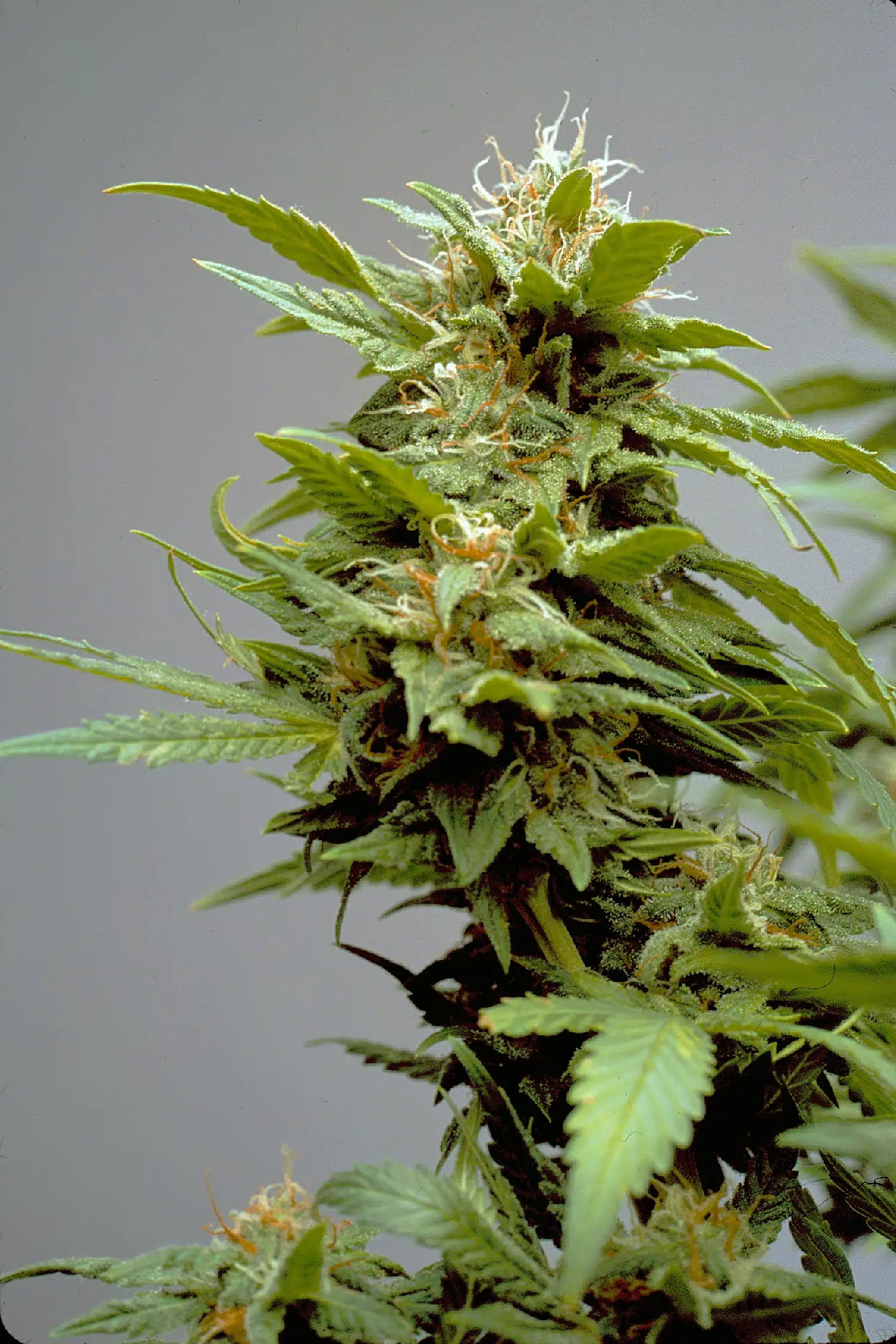
Lineage: Strawberry Fields x Haze
Flowering time: 8-9 weeks
Discovered almost 30 years ago and popularized by Kyle Kushman, Strawberry Cough stands the test of time with a unique scent and buzz that keeps us coming back for more. The incense-forward smell and taste evoke cedar, sandalwood and bergamot while the sativa-dominant effects ignite racing thoughts and favor creativity and movement, perfect for a hike in the woods or a walk in the park.
Cuban Black Haze
Clone from Piff Coast Farms
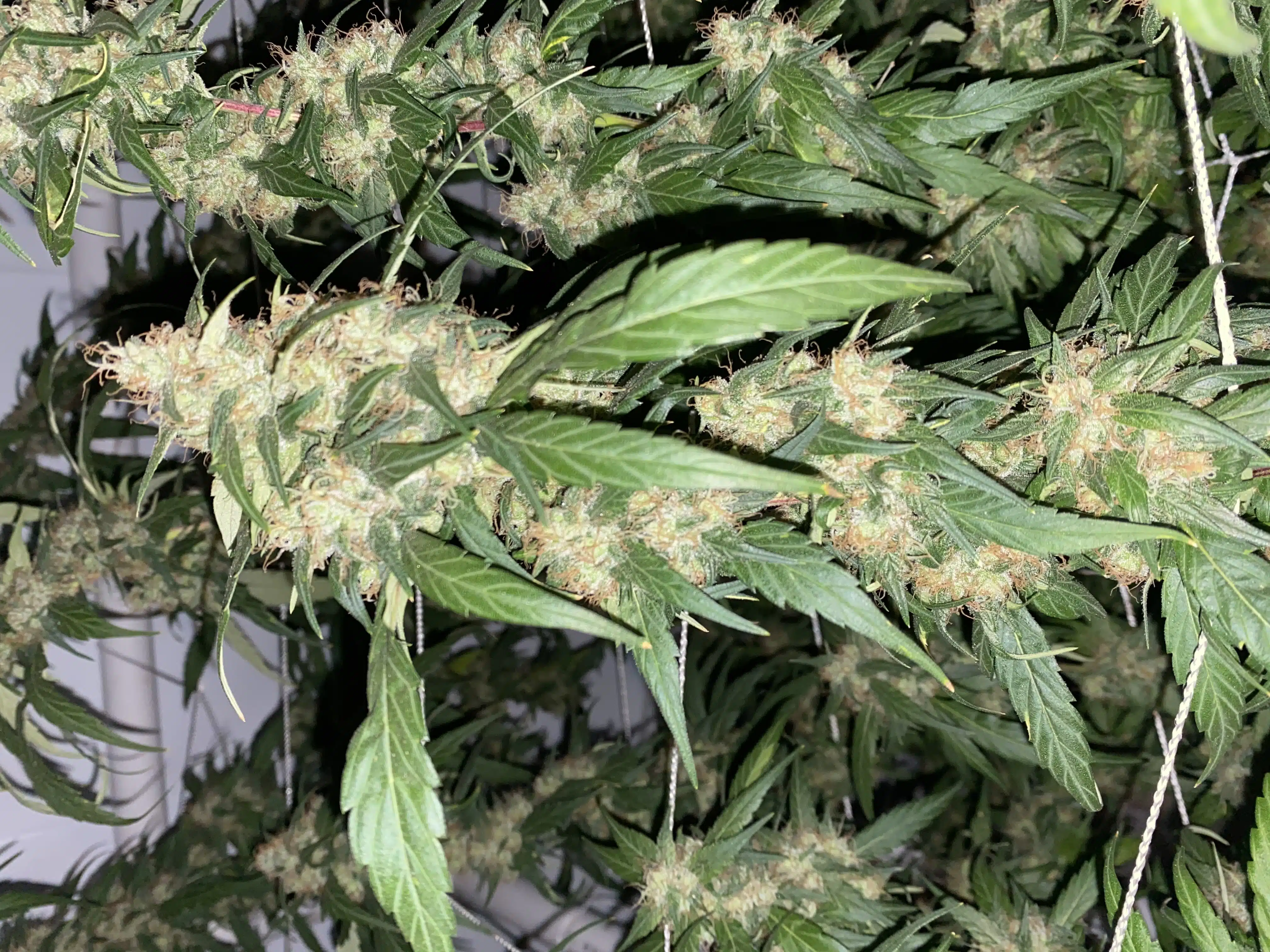
Lineage: Northern Lights #5 x Haze
Flowering time: 10-12 weeks
This is the classic Haze that made uptown NYC famous. From Amsterdam via Florida, this cultivar exemplifies the original “Piff” terps that are described as smelling like Frankincense and cat piss and leaving behind the scent of an old church. The mood-elevating effect has no ceiling – smoke all day and keep getting higher!
Chicken n’ Wafflez
from Humboldt Seed Co. (Feminized)
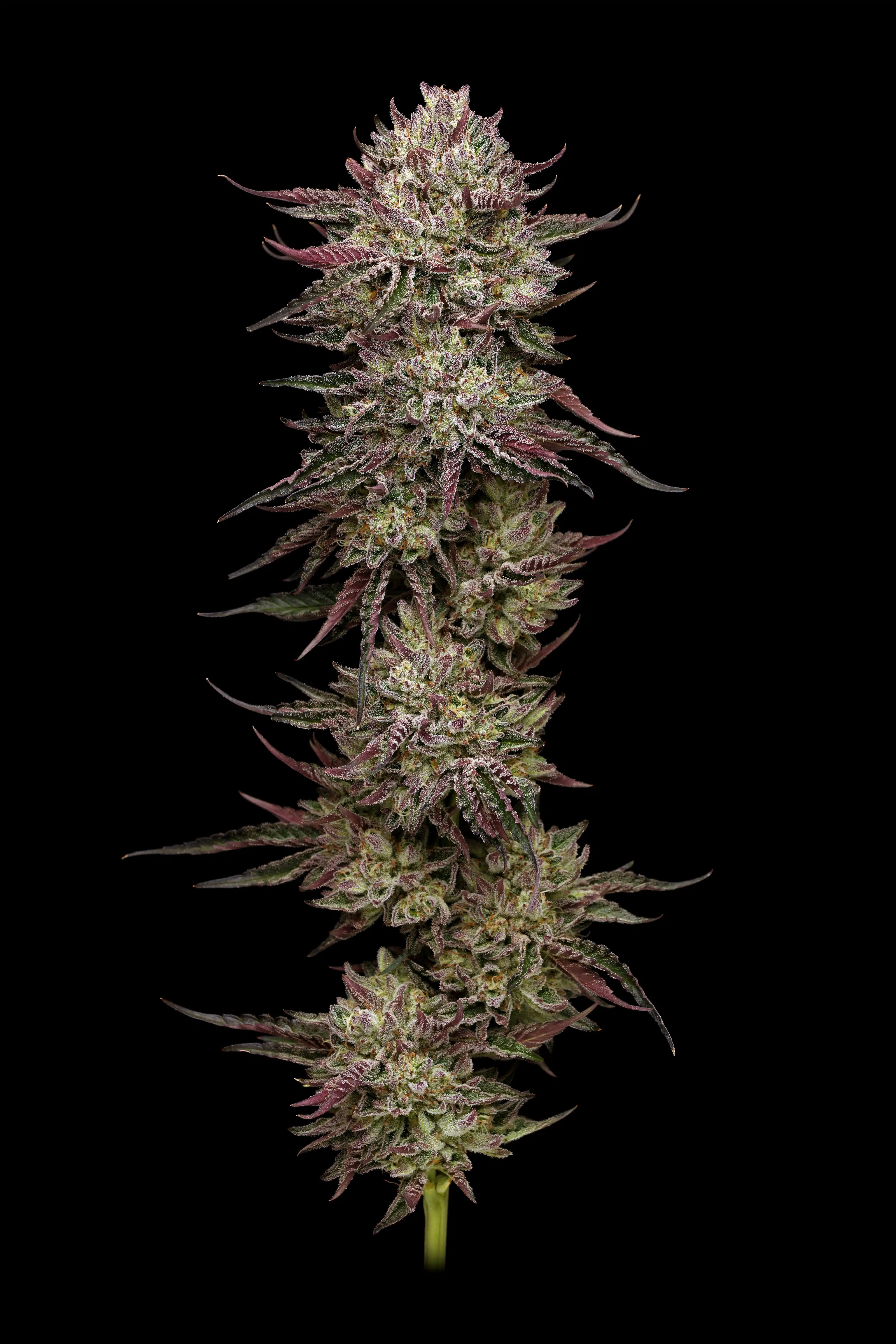
Lineage: Jelly Donutz #117 x Purple Cartel by Xotic Flavors
Flowering time: 9 weeks
The only indica-dominant “new school” hybrid I’m growing, Chicken n’ Wafflez is showing tremendous promise as a keeper. Averaging 32% THC, I expect a potent and flavorful blast with some relaxing and body-soothing effects.
NL5 X Haze (Northern Lights #5 X Haze)
Winner High Times Cannabis Cup 1990, Mostly Sativa 1993 Seed Cup and many more
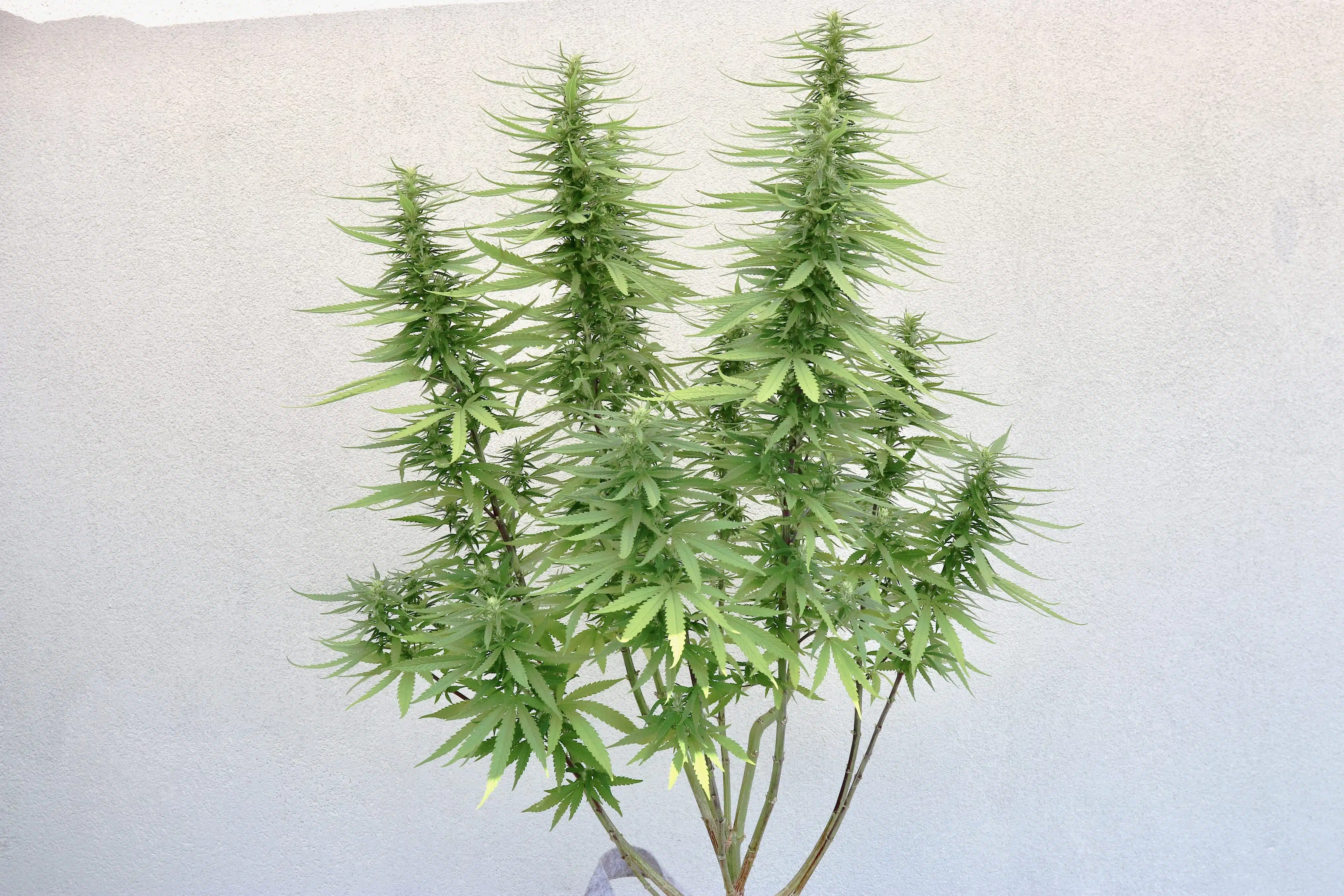
from Sensi Seed Bank (Feminized)
Flowering time: 10-11 weeks
The classic NL5 x Haze from Sensi Seeds has been winning awards since the 90s with a combination of earthy and piney scent and taste with hints of citrus and spice. This one is uplifting, social and sometimes even mildly psychedelic.
Quick Living Soil Bed Plan
- Lift It Up: Elevate the bed on pallets, concrete blocks or two-by-fours for airflow and to keep heat from radiating up into the soil.
- Build Big: One large bed holds more life than two small ones.
- Layer for Life:
- Base: 3–4 inches drainage rock (lava rock, pumice, or expanded clay).
- Aeration: 3–4 inches of pumice or rice hulls mixed with bark.
- Core: 1:1:1 ratio of compost, aeration material, and base medium with amendments.
- Top: 3 inches of cover crops and mulch to hold moisture and protect biology.
This article originally appeared in High Times Magazine’s 50th Anniversary Print Issue. Order yours here and get it delivered to your door.






